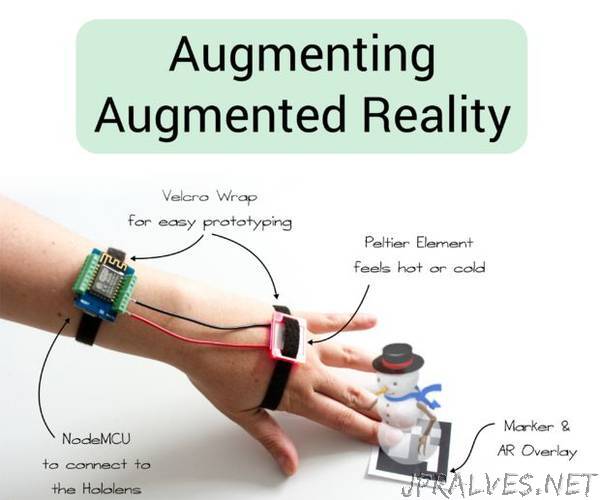
“Todays Augmented Reality (AR) devices enable users to interact almost naturally with their surroundings, e.g., by pinning digital content onto real-world objects. However, current AR display are mostly limited to optical and video see-through technologies. Nevertheless, extending Augmented Reality (AR) beyond screens by accommodating additional modalities (e.g., smell or haptics) or additional visuals (e.g., peripheral light) has recently become a trend in HCI. In this tutorial, we provide beginner level, hands-on instructions for augmenting an Augmented Reality application using peripheral hardware to generate multi-sensual stimuli.”
